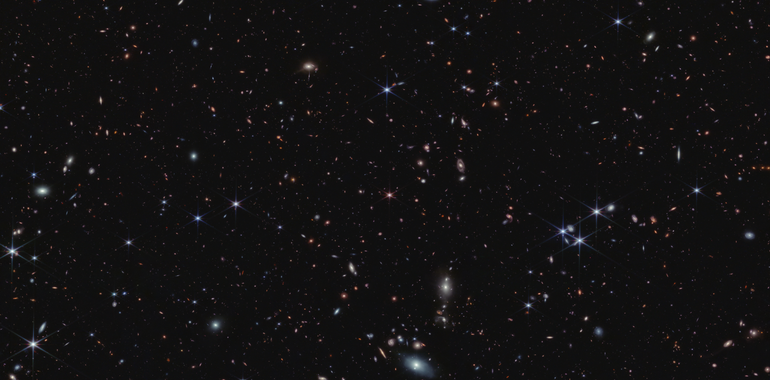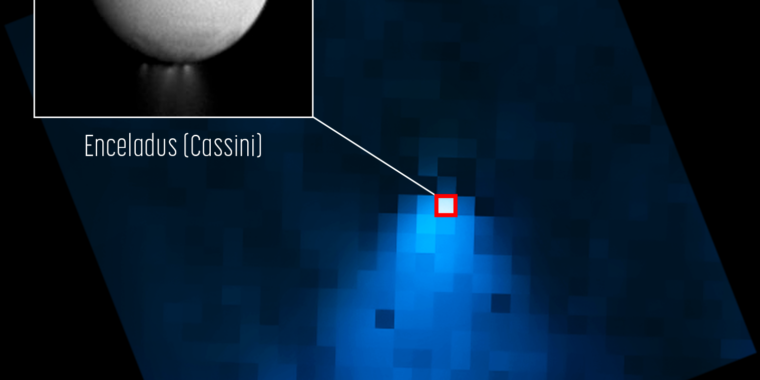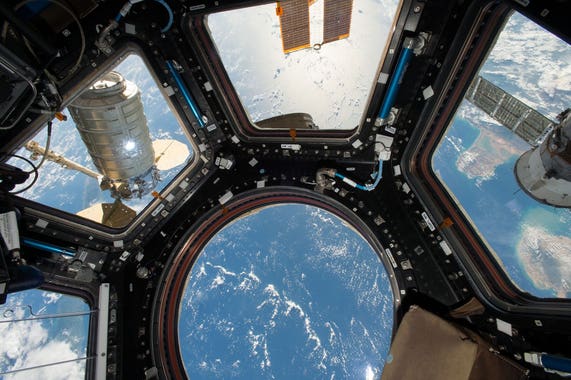Galaxies to Fill You With Existential Dread (youtu.be)
Clickbaity title aside, this was a pretty cool light video about various galaxy structures and I actually learned something.

Clickbaity title aside, this was a pretty cool light video about various galaxy structures and I actually learned something.

NASA officials overestimated their ability to contain alien microbes after the first moon landing, a new analysis suggests.

Kerbal Space Program is one of my favorite games!
The Virgin Galactic countdown has begun. Richard Branson’s space tourism company said on Thursday it plans to launch its first commercial flight within days. The news sent the company’s shares rocketing up 30%, pushing its enterprise value to $1 billion. It’s just one-seventh of where it stood in 2020, but still factors in...

NASA will partner with seven U.S. companies to meet future business and government needs, ultimately benefitting human spaceflight and the U.S. commercial low Earth orbit economy.

Saio et al. created a model that simulated Betelgeuse’s pulsations and say it provides unique insight into the star’s internal status. The only way for Betelgeuse to pulsate in this way is if it is at the very end of its carbon burning period. That means the collapse of this star’s core and the accompanying supernova is...

Phosphorus, a key chemical element for many biological processes, has been found for the first time in an ocean beyond Earth.

Lighting from two times of day was combined for a stunning view of terrain that the rover is leaving behind.

I would choose Mars, mostly because of all the plans that we have for it. Imagine having people actually living there, it sounds insane!
"Working corrective action and retest."

The Euclid telescope, expected to launch next month, will be able to observe galaxies out to 10 billion light-years. Can anyone find a map of the local universe to that scale? I'd like to see where structures like the Hercules–Corona Borealis Great Wall and the Laniakea Supercluster are relative to each other.

“It’s not as sexy a human-interest story as tourism when it comes to commercialization of the cosmos,” said Will Bruey, Varda’s CEO and cofounder. “But the bet that we’re making at Varda is that manufacturing is actually the next big industry that gets commercialized.”

In the early universe, the gas between stars and galaxies was opaque – energetic starlight could not penetrate it. But 1 billion years after the big bang, the gas had become completely transparent. Why? New data from NASA’s James Webb Space Telescope has pinpointed the reason.

Enceladus' rapid orbit and large geysers spread water widely near Saturn.

Subscribe for good luck - Most Popular videos - https://www.youtube.com/watch?v=72qmtr41iWU&list=UULP3MF3KCtKQkCudSvNpk3BOg#chatgpt , #ai , #art

Indian Space Research Organisation (ISRO) Chairman S. Somnath on Thursday said that the space agency is planning to launch the Chandrayaan-3 moon mission in the middle of July.


Full playlist here

Earlier this month a meteorite crashed through the roof of a New Jersey home. The residents are still pondering the fate of their gift from the skies

More and better data are required to solve the mystery of strange apparitions in the air, the sea and space, according to NASA’s Unidentified Anomalous Phenomena Independent Study team

As we enter a new era in space travel, a study looking at how the human brain reacts to traveling outside Earth's gravity suggests frequent flyers should wait three years after longer missions to allow the physiological changes in their brains to reset.

Micrometeoroids in Saturn’s rings reveal that these dusty bands are no more than 400 million years old, making them significantly younger than the 4.5-billion-year-old gas giant.

Radio astronomers across the world are bracing themselves for a transformation in their ability to localize fast radio bursts (FRBs). Before the end of the year, upgrades to a suite of FRB-hunting telescopes are expected to increase the localization rate of FRBs to their host galaxies by more than an order of magnitude –...

From telescopes to rocket launchers, space exploration would not be possible without the advance in technology. Watch to discover more about these amazing inventions that have aided us in learning about space beyond Earth.
